You can live out your Gatsby dreams, thanks to Claridge’s new Jazz Age-themed sleepover
Check in for the legendary hotel's Bright Young Things Sleepover — Shalimar perfume included
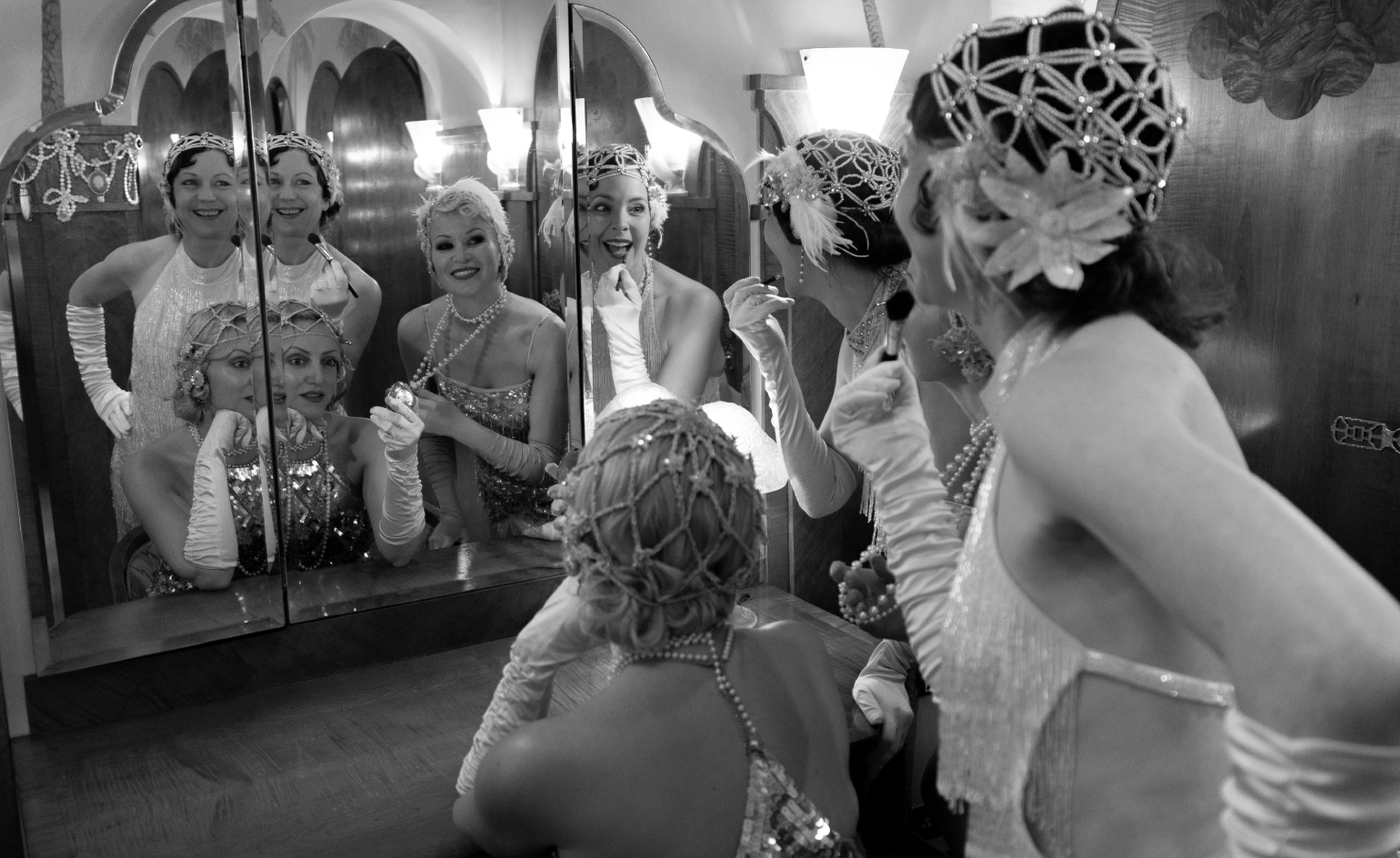
It doesn’t matter the time of day or the season; Claridge’s lobby is always abuzz with sybarites. To this day, the legendary London hotel not only sets the standard for luxury hospitality but also captures the ebullient optimism of the Jazz Age.
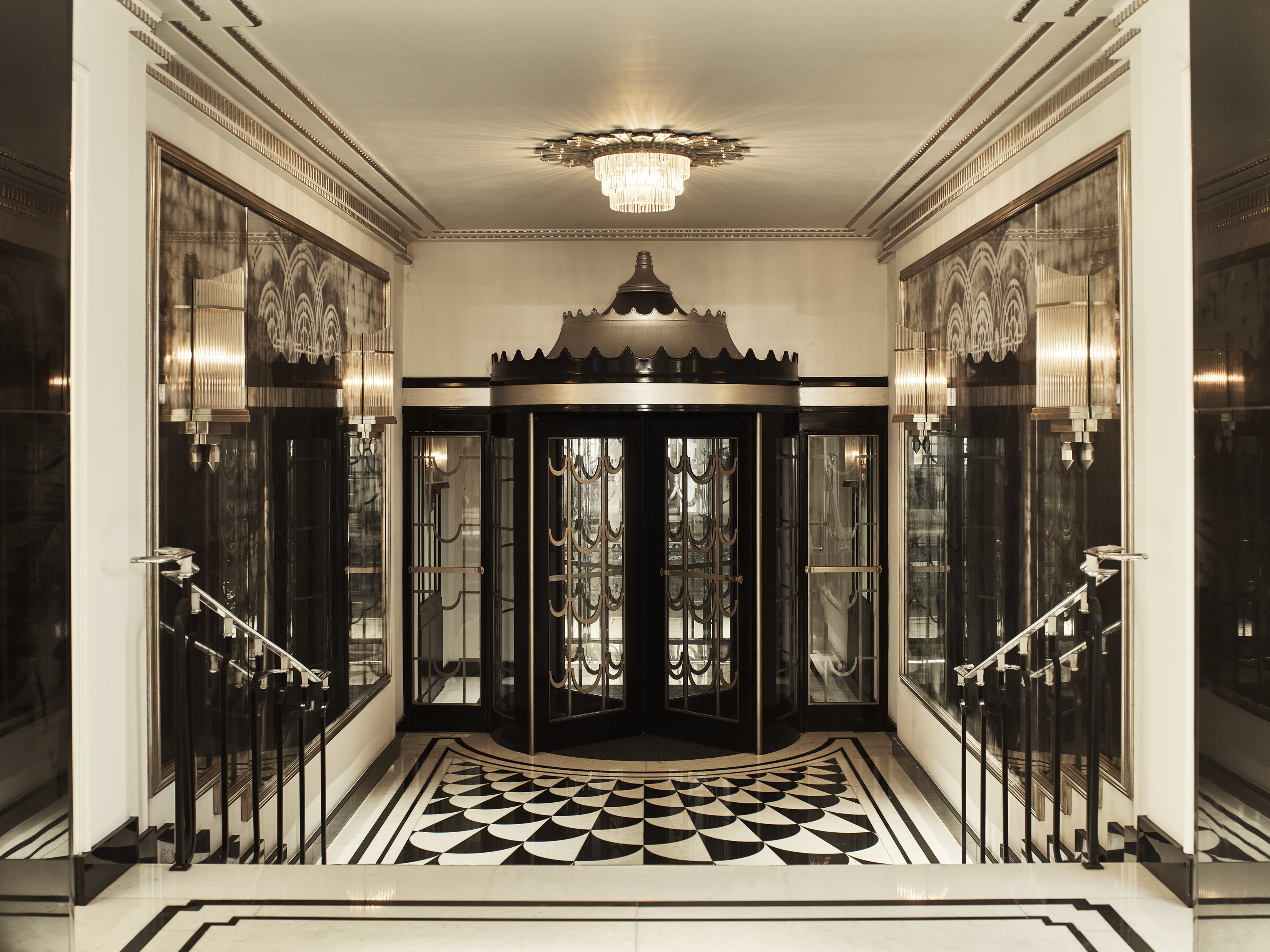
Claridge’s Entrance
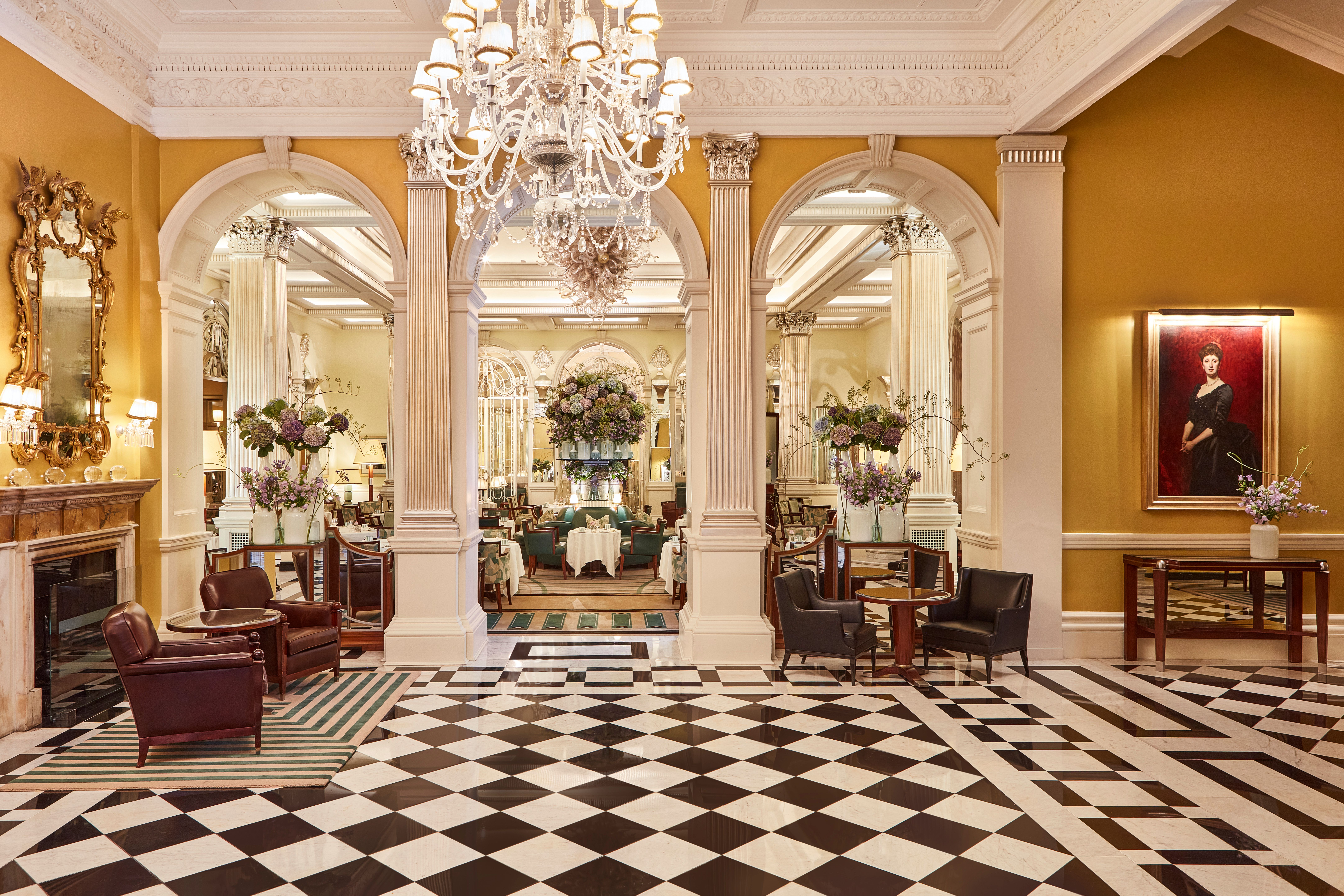
Claridge’s Lobby
Though the hotel, operated by Maybourne, first opened during the 19th-century, most of its design heritage was defined during the 1920s. After all, it was during the Roaring Twenties that the hotel experienced a revival of glamour and popularity – thanks in part to British architect Basil Ionides, a pioneer of the Art Deco movement. His series of elegant transformations, including the restaurant and several suites, helped elevate Claridge’s status while infusing it with that signature joie de vivre. His magnificent glass screens still shimmer in the hotel's foyer and reading room.
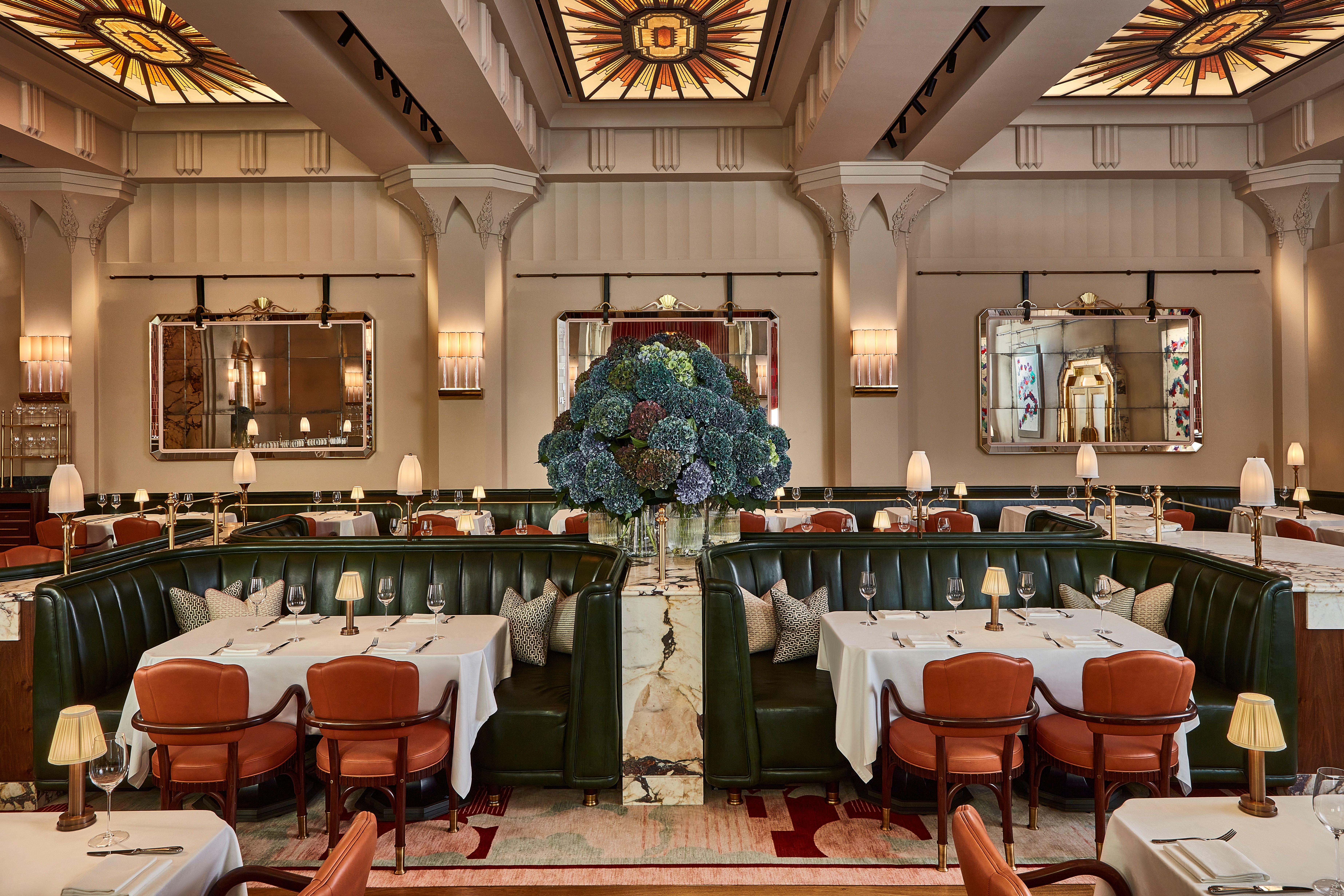
Claridge’s Restaurant

Claridge’s The Fumoir
The glamour was only amped up from there. In 1929, Claridge’s brought in Oswald Milne, another leading design figure, to redesign the entrance. Soon after, an Art Deco extension was added to the east wing. Decades later, in 1996, the hotel tapped Thierry Despont to reimagine the foyer in a contemporary Art Deco style.
Check in, flap out: Claridge’s Bright Young Thing Sleepover
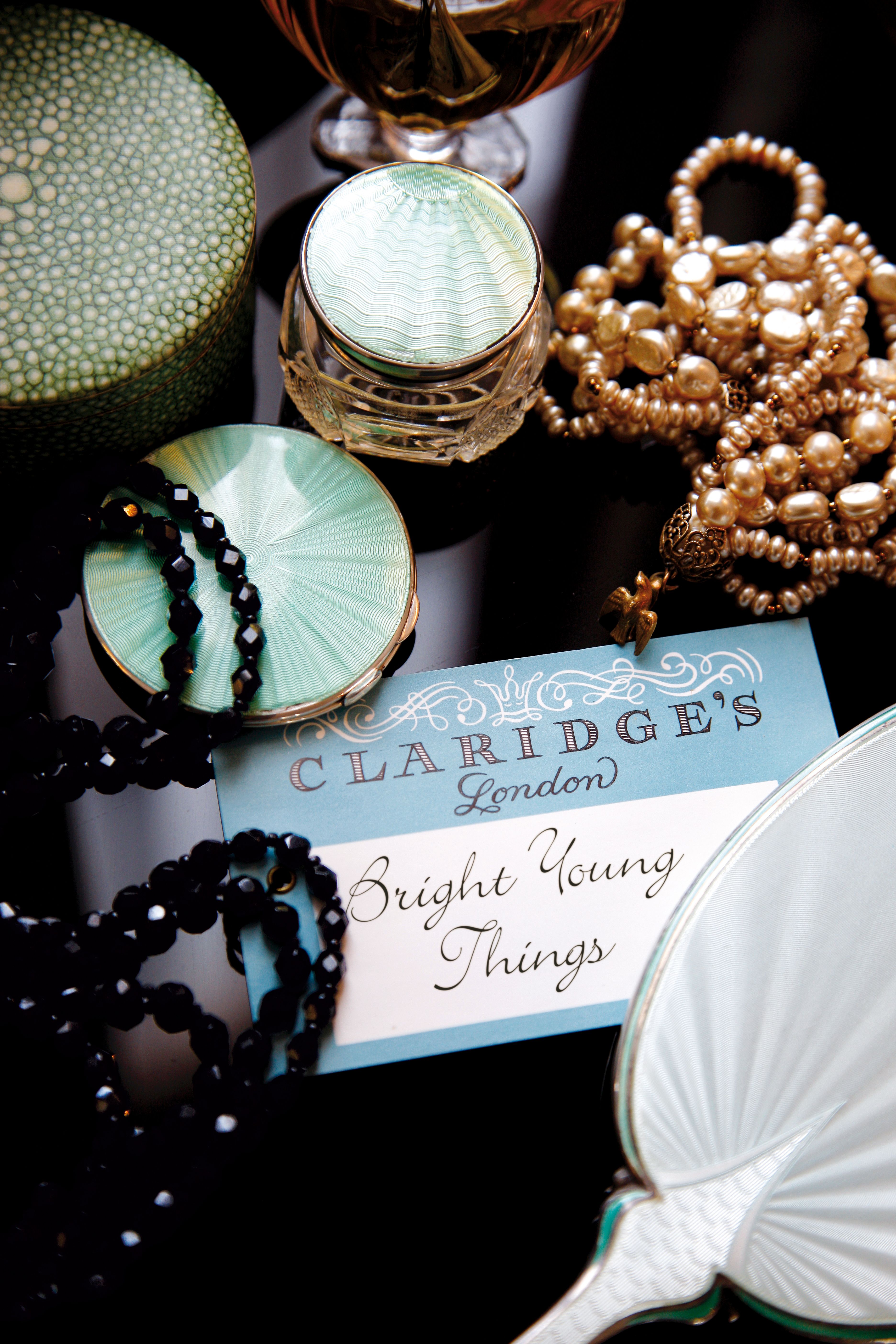
A century on from the days of flappers, bobs and champagne towers, Claridge’s still can’t get enough. And really – who can? Which is why the hotel – in time for the centenary of the Art Deco movement – is hosting a year-long series of glittering guest experiences.
At the heart of it is the Bright Young Things Sleepover – a lavish one-night stay in an Art Deco-style suite, filled with delightful surprises. Guests can expect beautifully curated details, such as a limited-edition copy of Flappers and Philosophers by F. Scott Fitzgerald; cocktails from Cecil Beaton’s Cocktail Book, served in Lalique glassware at the Fumoir bar; and a bottle of Shalimar, the classic 1925 fragrance by Guerlain. Also included in the package is a curated selection of films that capture the spirit of the era, and breakfast the following morning. For those looking to extend the glamour, there’s the option to add a Great Gatsby pre-theatre dinner at Claridge’s Restaurant.
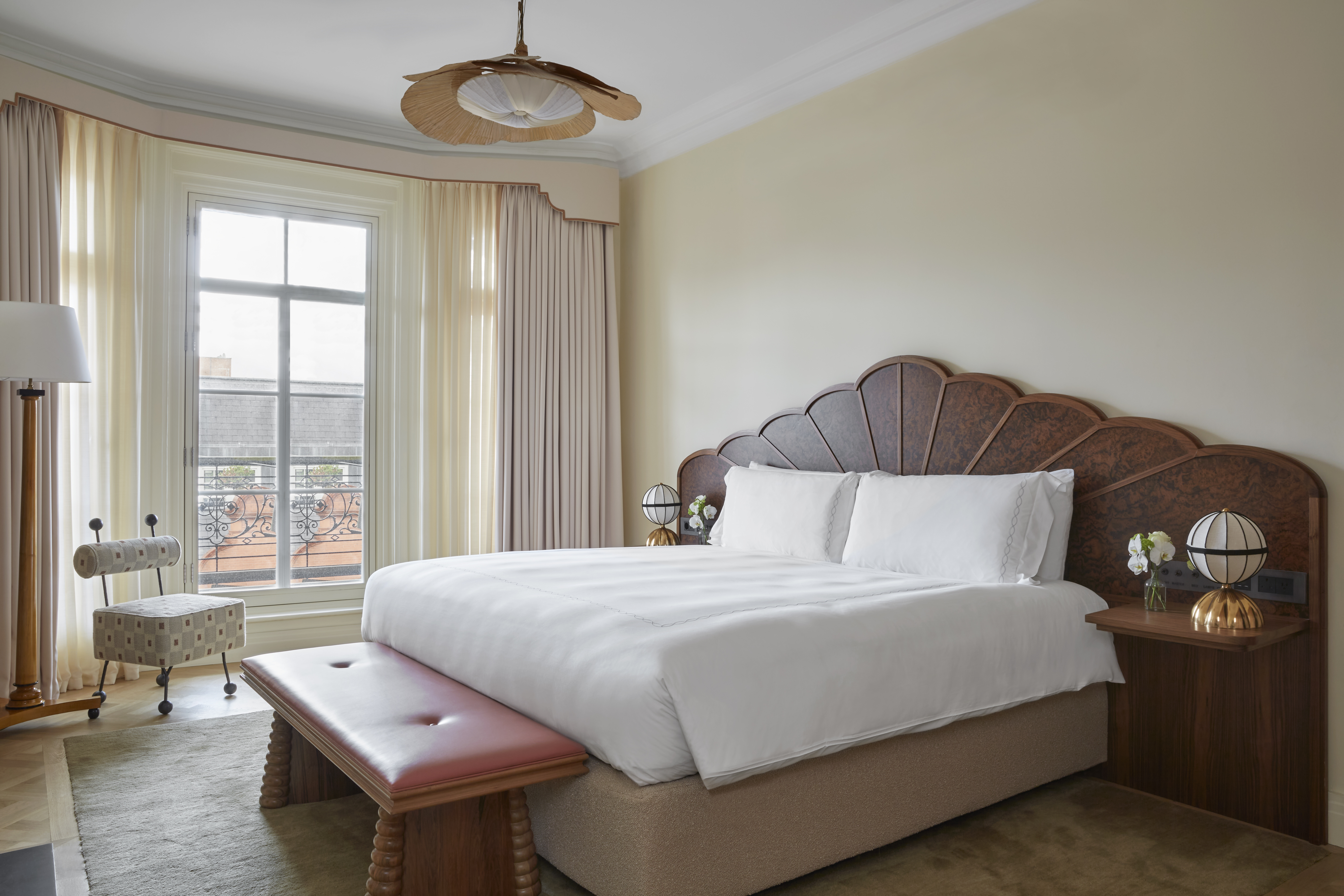
Claridge’s Mayfair Terrace Suite
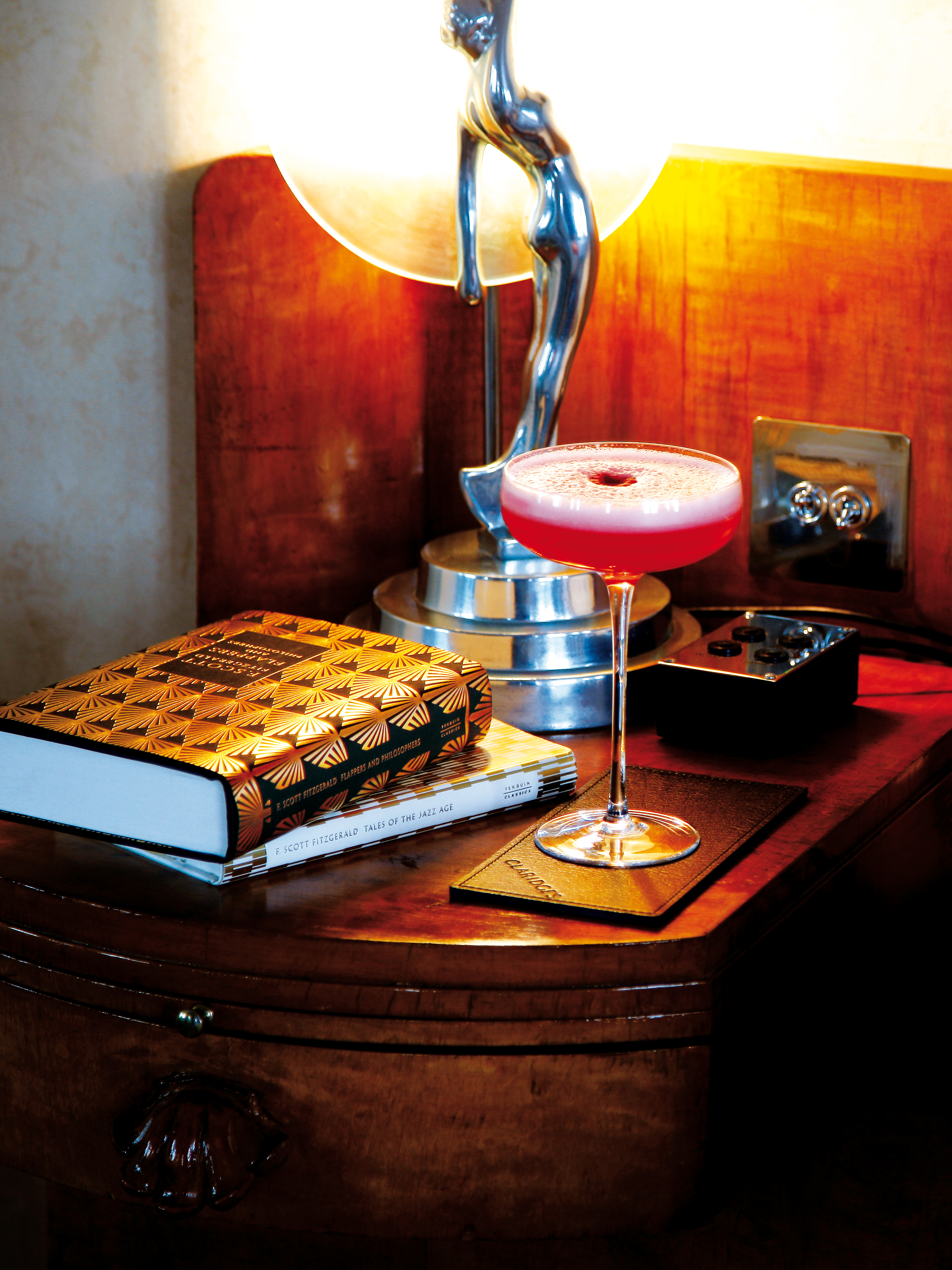
Claridge’s has also curated a vibrant programme of workshops and salons throughout the year that are available to non-guests. Among the highlights: a Charleston masterclasses and, in August, an evocative evening in the Painter’s Room bar with musical curator Alex Le Roux, who will guide guests through the sounds of the Jazz Age. And, in September, scent expert and fragrance writer Alice du Parcq will lead a talk on perfume heritage and the art of scent. Not to miss is a monthly behind-the-scenes Art Deco tour with the hotel’s archivist.
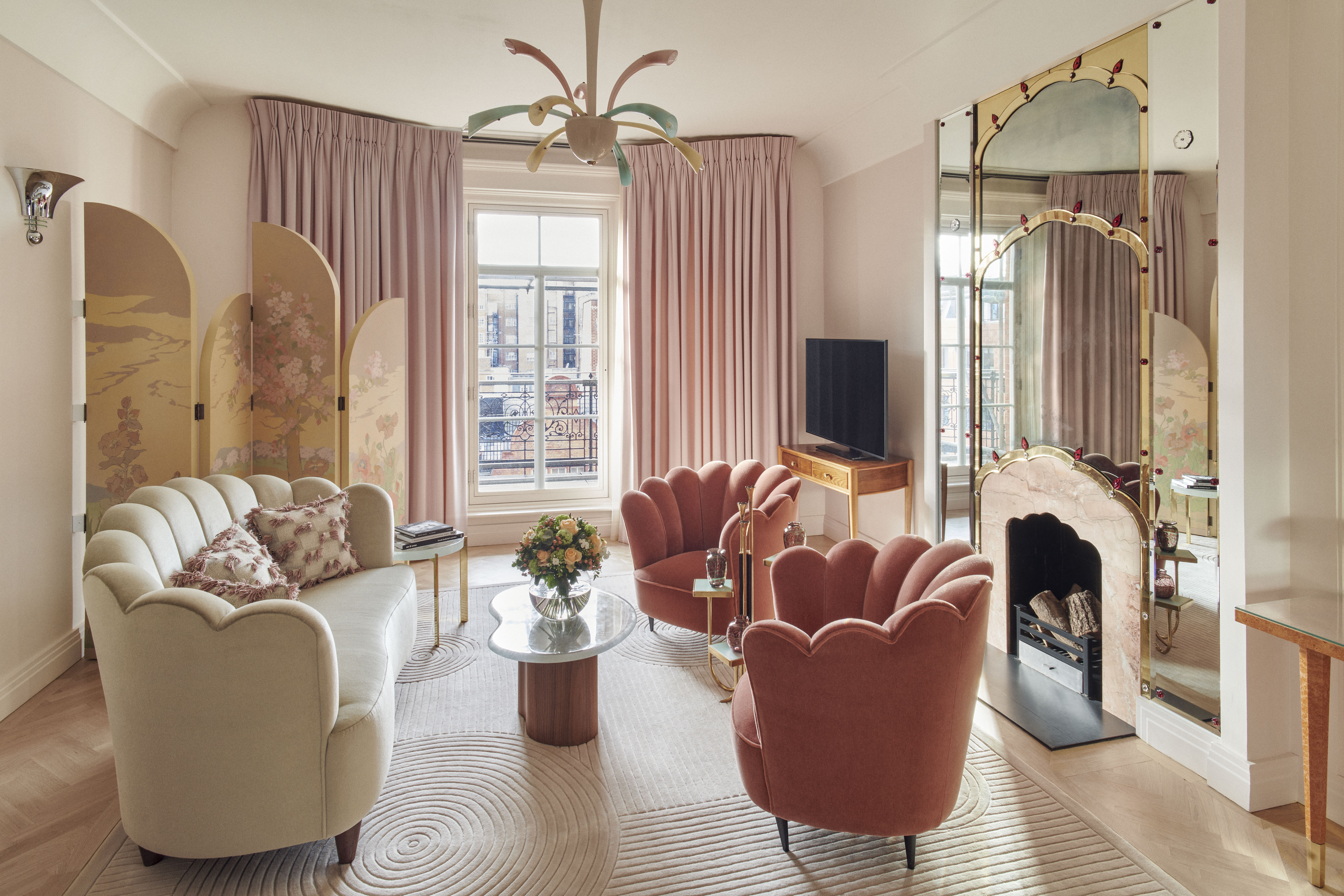
Claridge’s Mayfair Terrace Suite
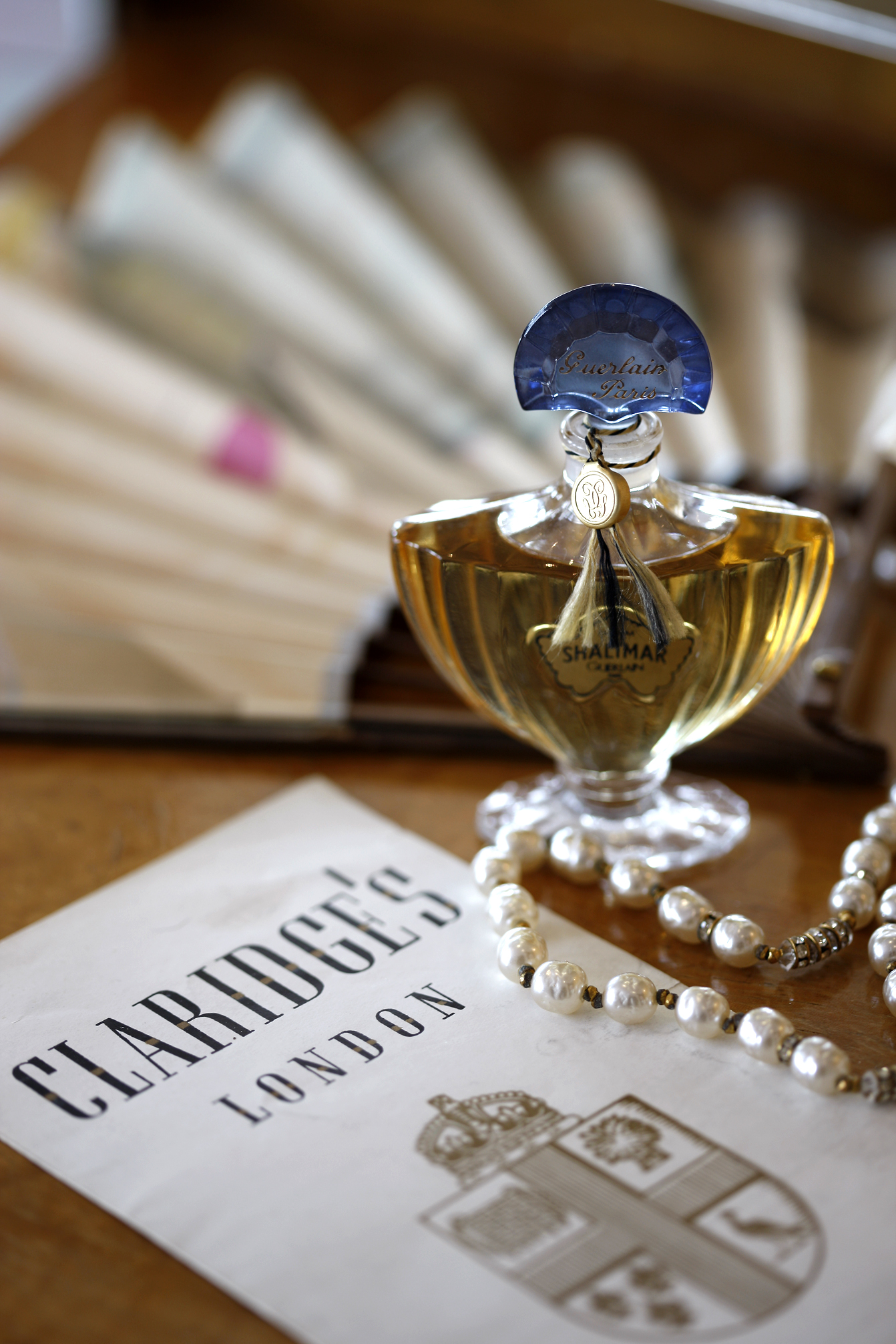
Guerlain’s Shalimar perfume
Claridge’s Bright Young Things Sleepover starts from £1,665.
Receive our daily digest of inspiration, escapism and design stories from around the world direct to your inbox.
Sofia de la Cruz is the Travel Editor at Wallpaper*. A self-declared flâneuse, she feels most inspired when taking the role of a cultural observer – chronicling the essence of cities and remote corners through their nuances, rituals, and people. Her work lives at the intersection of art, design, and culture, often shaped by conversations with the photographers who capture these worlds through their lens.
-
 Alexander Wessely turns the Nobel Prize ceremony into a live artwork
Alexander Wessely turns the Nobel Prize ceremony into a live artworkFor the first time, the Nobel Prize banquet has been reimagined as a live artwork. Swedish-Greek artist and scenographer Alexander Wessely speaks to Wallpaper* about creating a three-act meditation on light inside Stockholm City Hall
-
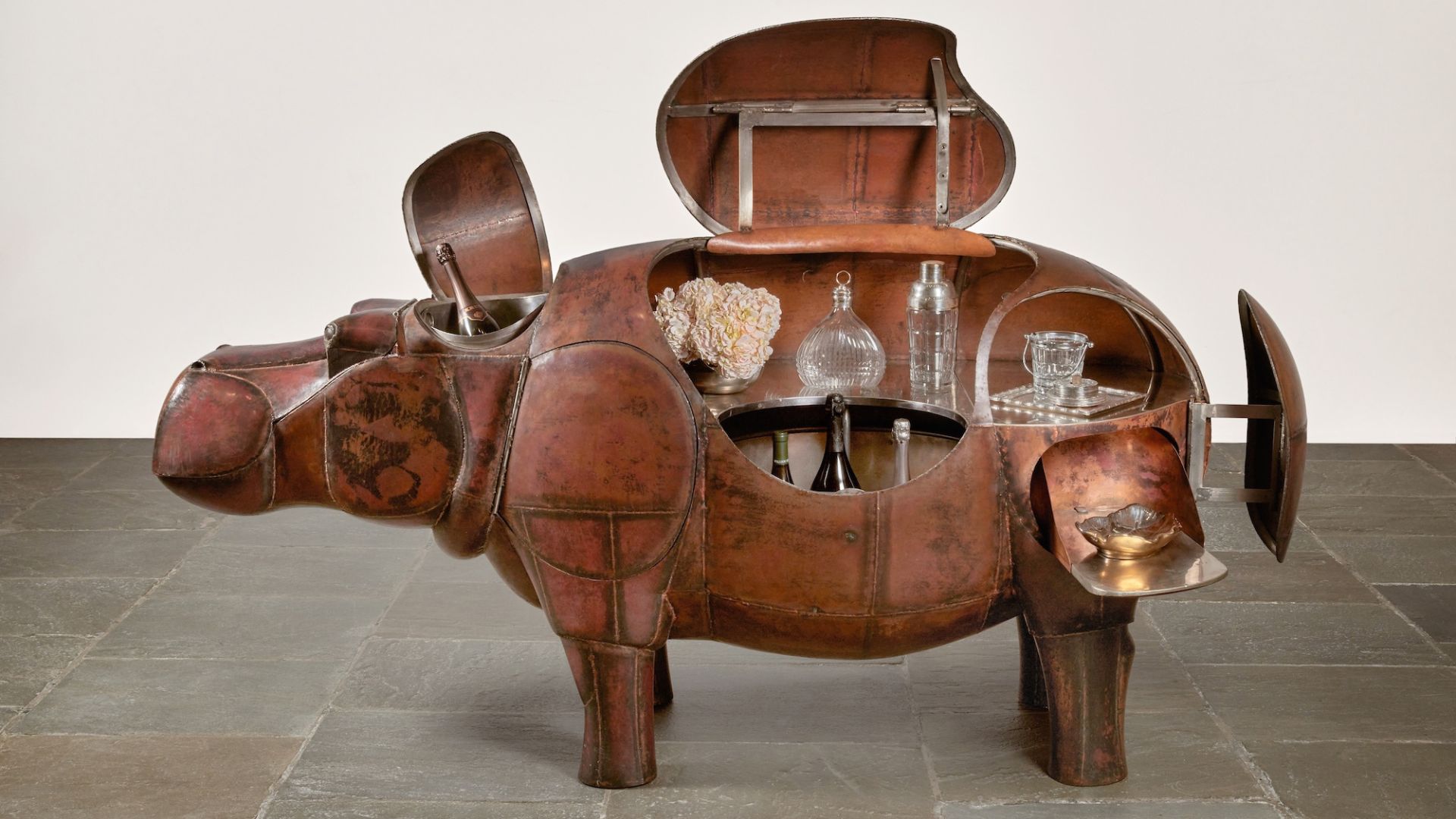 At $31.4 million, this Lalanne hippo just smashed another world auction record at Sotheby’s
At $31.4 million, this Lalanne hippo just smashed another world auction record at Sotheby’sThe jaw-dropping price marked the highest-ever for a work by François-Xavier Lalanne – and for a work of design generally
-
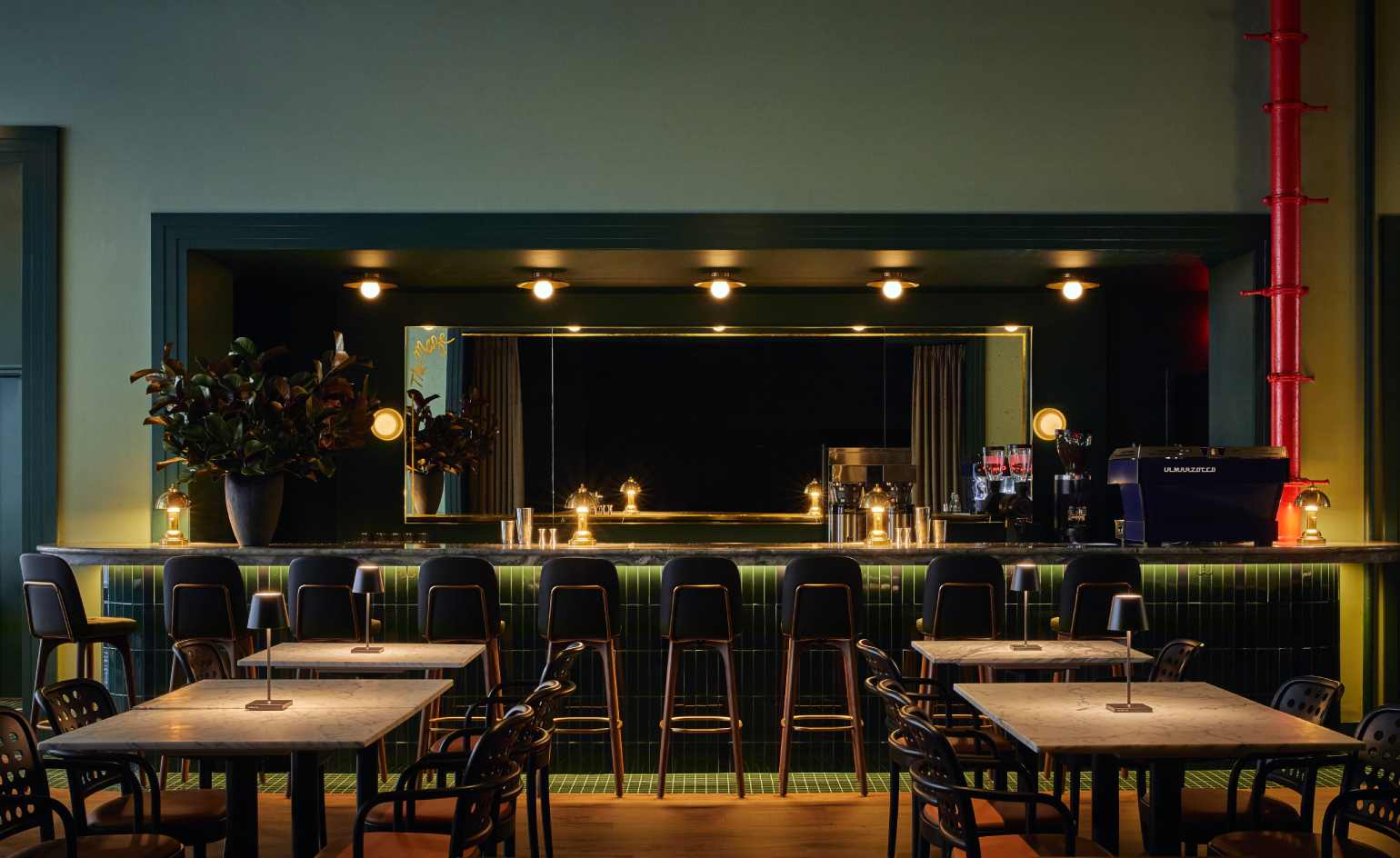 NYC’s first alcohol-free members’ club is full of spirit
NYC’s first alcohol-free members’ club is full of spiritThe Maze NYC is a design-led social hub in Flatiron, redefining how the city gathers with an alcohol-free, community-driven ethos
-
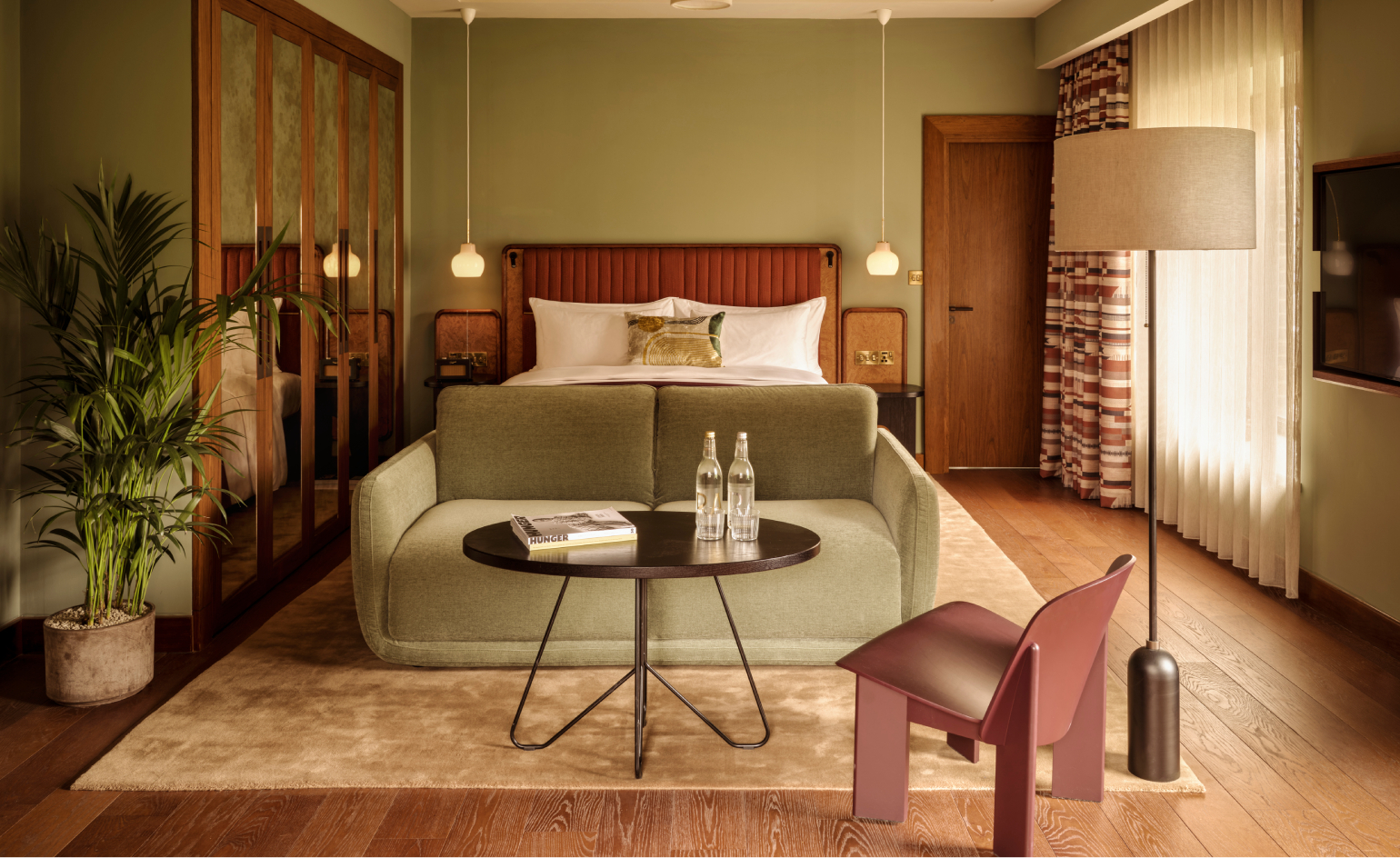 Sir Devonshire Square is a new kind of hotel for the City of London
Sir Devonshire Square is a new kind of hotel for the City of LondonA Dutch hospitality group makes its London debut with a design-forward hotel offering a lighter, more playful take on the City’s usual formality
-
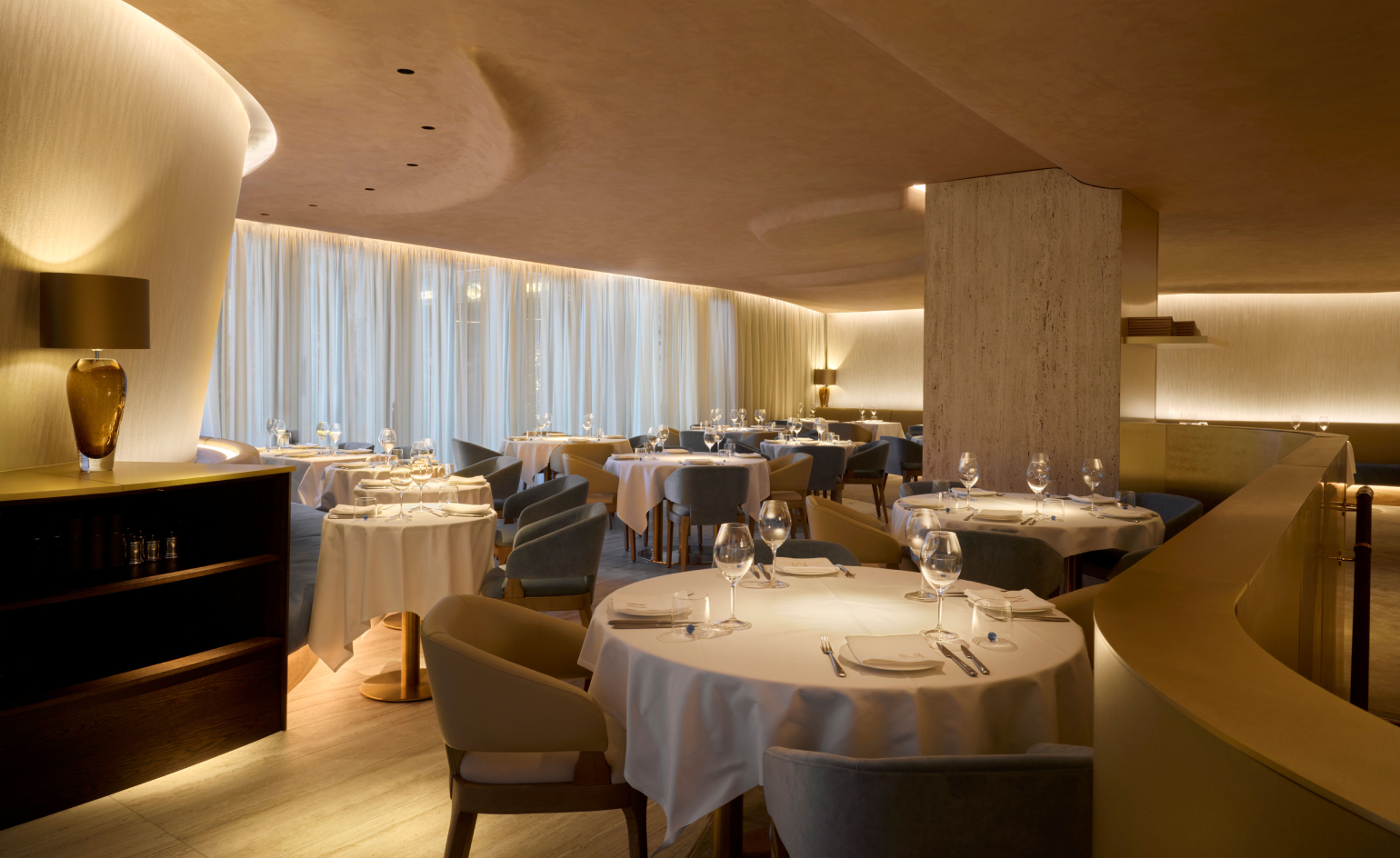 This sculptural London seafood restaurant was shaped by ‘the emotions of the sea’
This sculptural London seafood restaurant was shaped by ‘the emotions of the sea’In Hanover Square, Mazarine pairs a bold, pearlescent interior with modern coastal cuisine led by ‘bistronomy’ pioneer chef Thierry Laborde
-
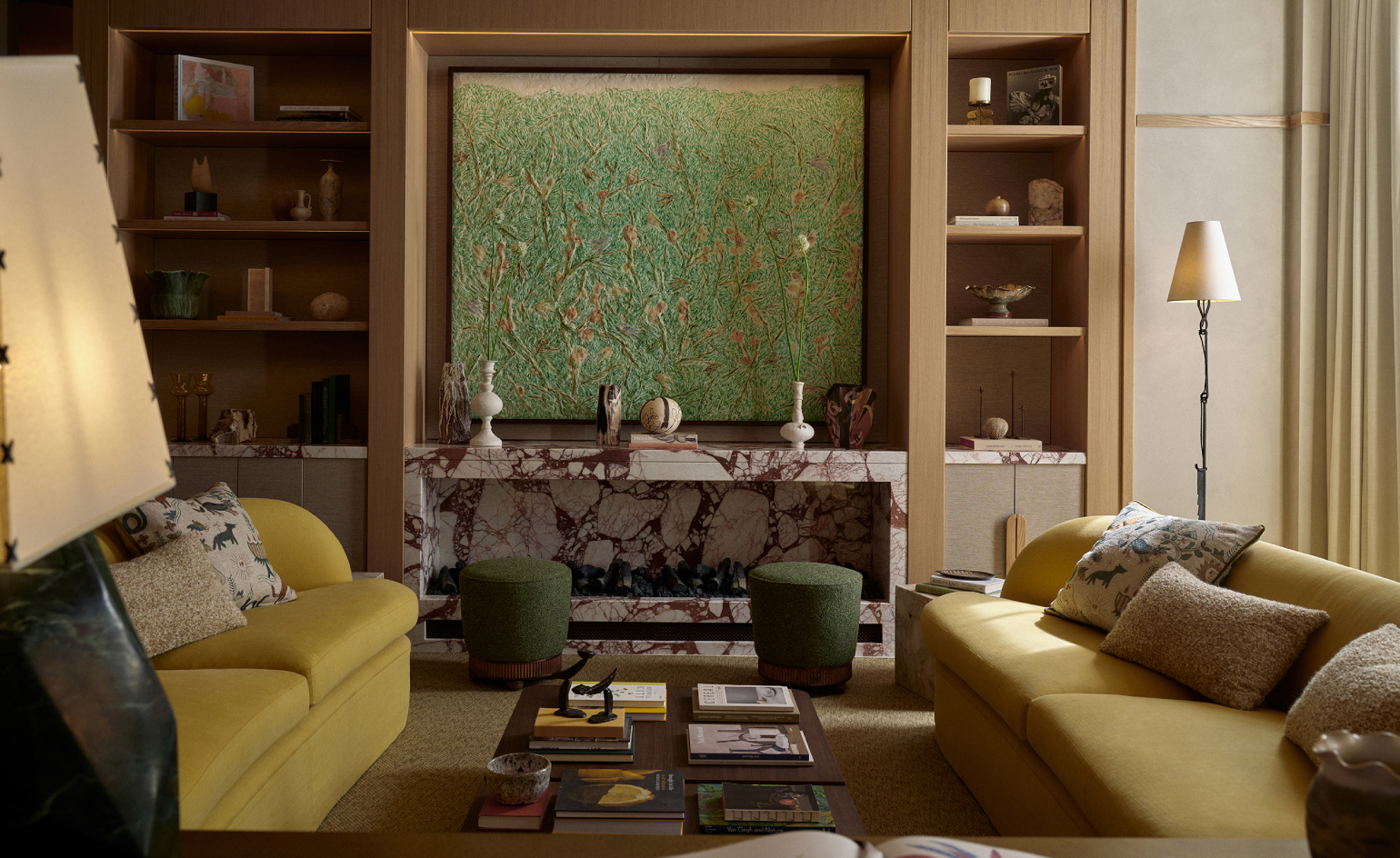 Montcalm Mayfair opens a new chapter for a once-overlooked London hotel
Montcalm Mayfair opens a new chapter for a once-overlooked London hotelA thoughtful reinvention brings craftsmanship, character and an unexpected sense of warmth to a London hotel that was never previously on the radar
-
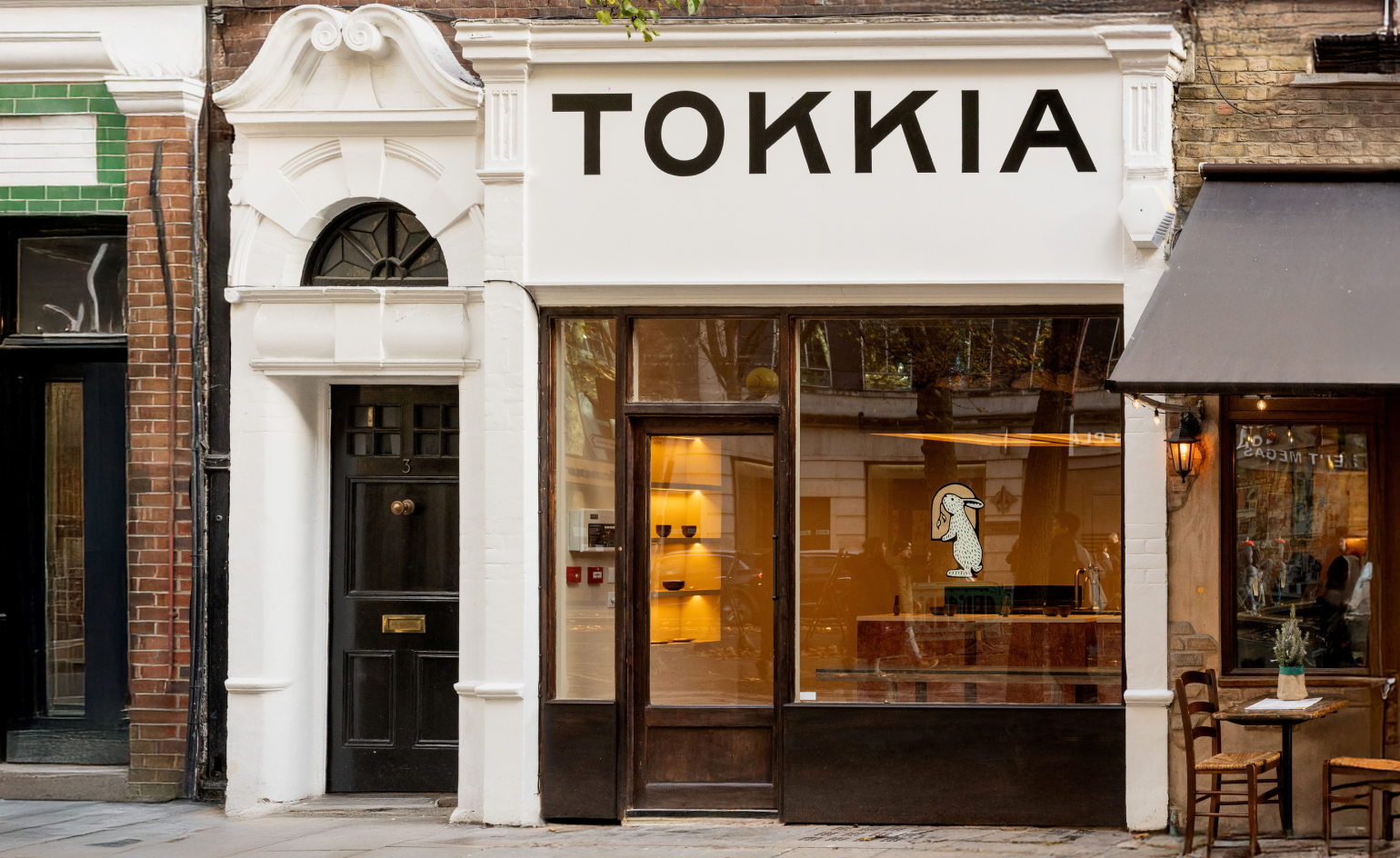 Follow the white rabbit to London’s first Korean matcha house
Follow the white rabbit to London’s first Korean matcha houseTokkia, which translates to ‘Hey bunny’ in Korean, was designed by Stephenson-Edwards studio to feel like a modern burrow. Take a look inside
-
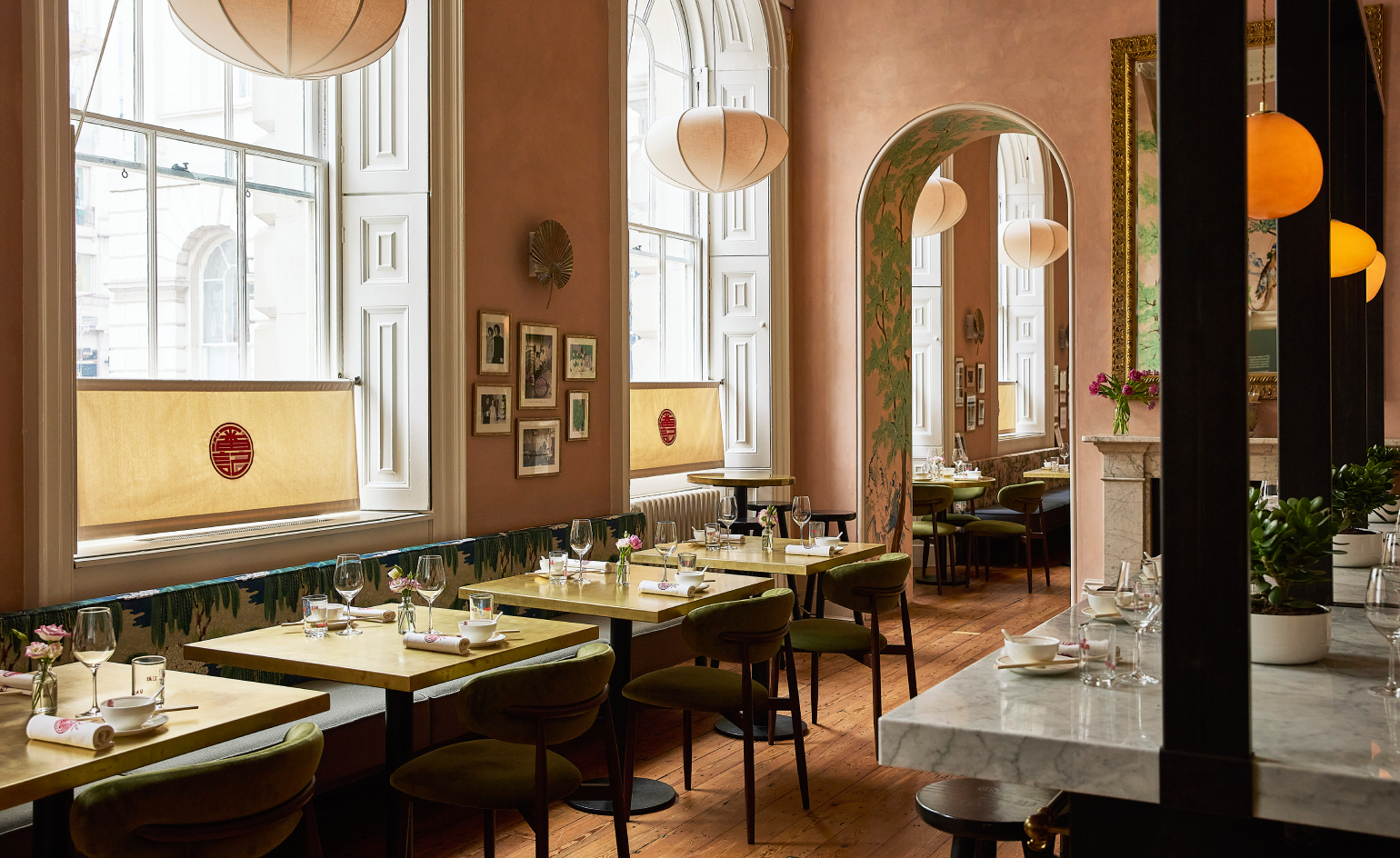 Poon’s returns in majestic form at Somerset House
Poon’s returns in majestic form at Somerset HouseHome-style Chinese cooking refined through generations of the Poon family craft
-
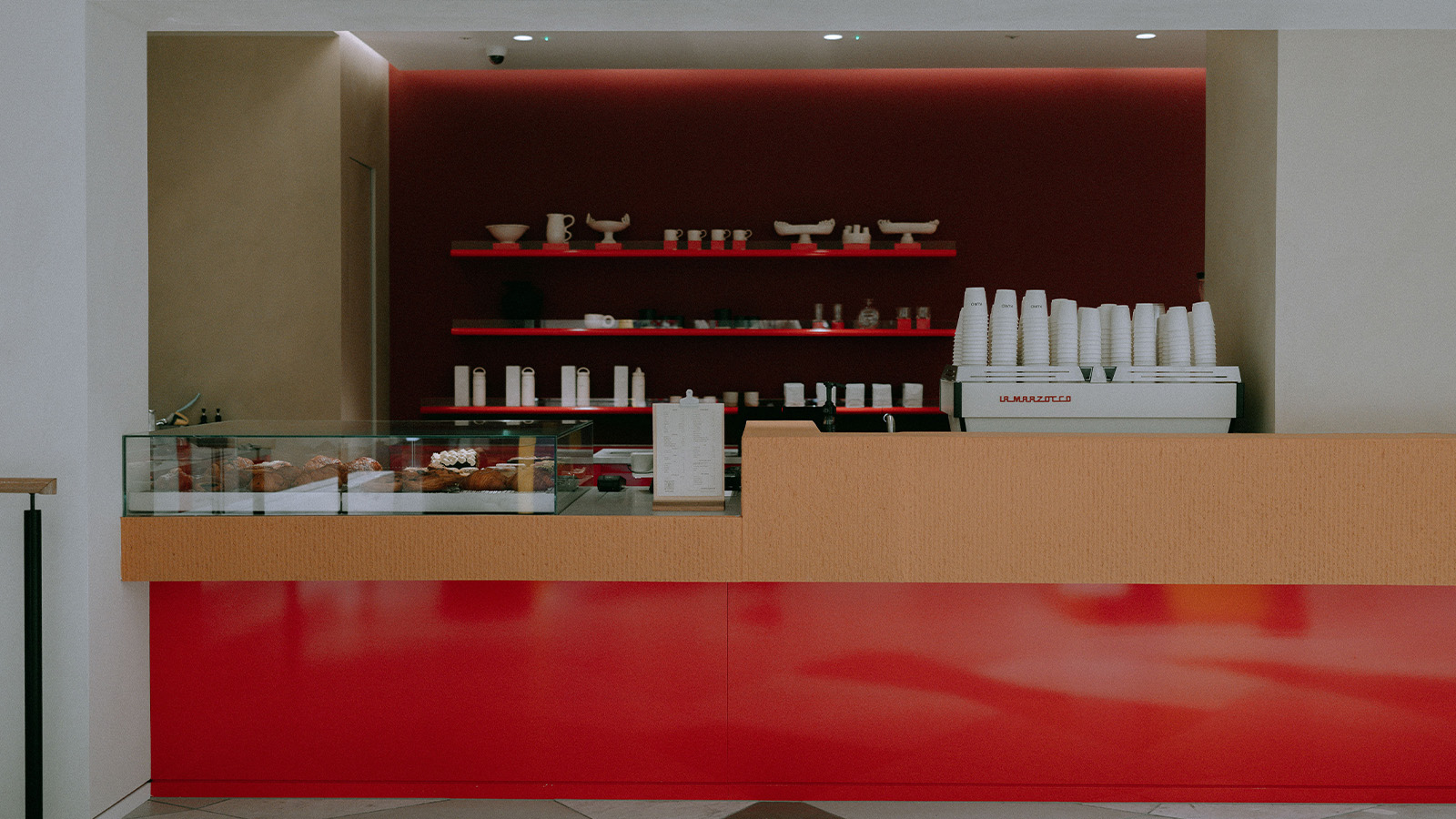 One of London’s favourite coffee shops just opened in Harvey Nichols
One of London’s favourite coffee shops just opened in Harvey NicholsKuro Coffee’s latest outpost brings its Japanese-inspired design to the London department store
-
 Enjoy a Kyoto-inspired menu with London attitude at this new restaurant
Enjoy a Kyoto-inspired menu with London attitude at this new restaurantAki London offers a serene counterpoint to Oxford Circus, where stately interiors and elevated Japanese cooking cross paths
-
 At this charming bolthole in The Cotswolds, doing nothing is an art form
At this charming bolthole in The Cotswolds, doing nothing is an art formLeave your mobile on ‘do not disturb’, switch off and slow down at this 16th-century manor-turned-hotel